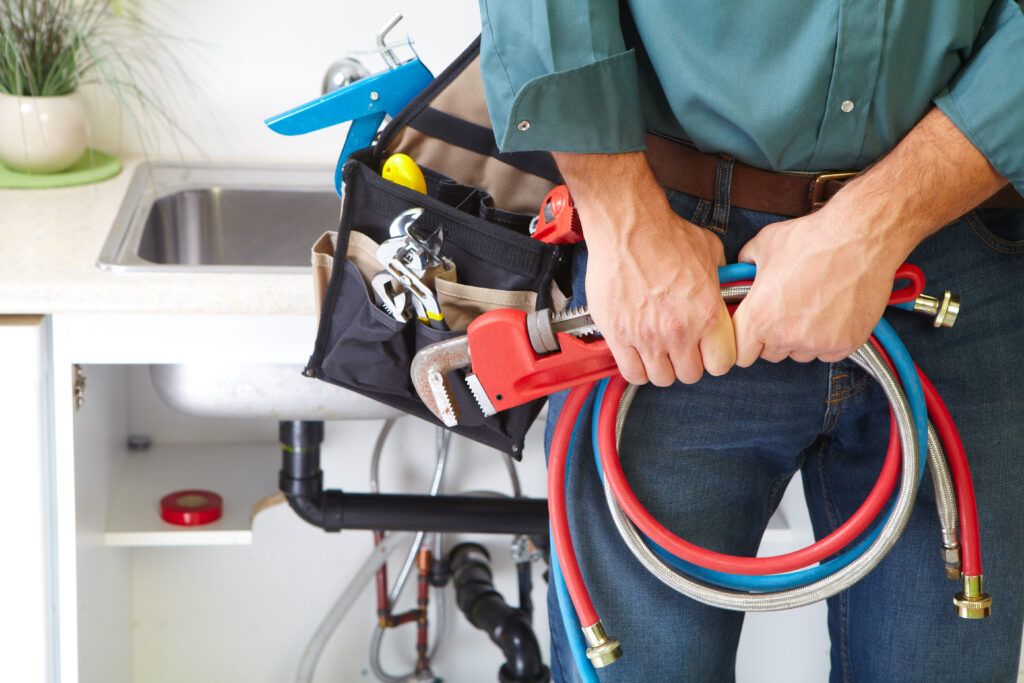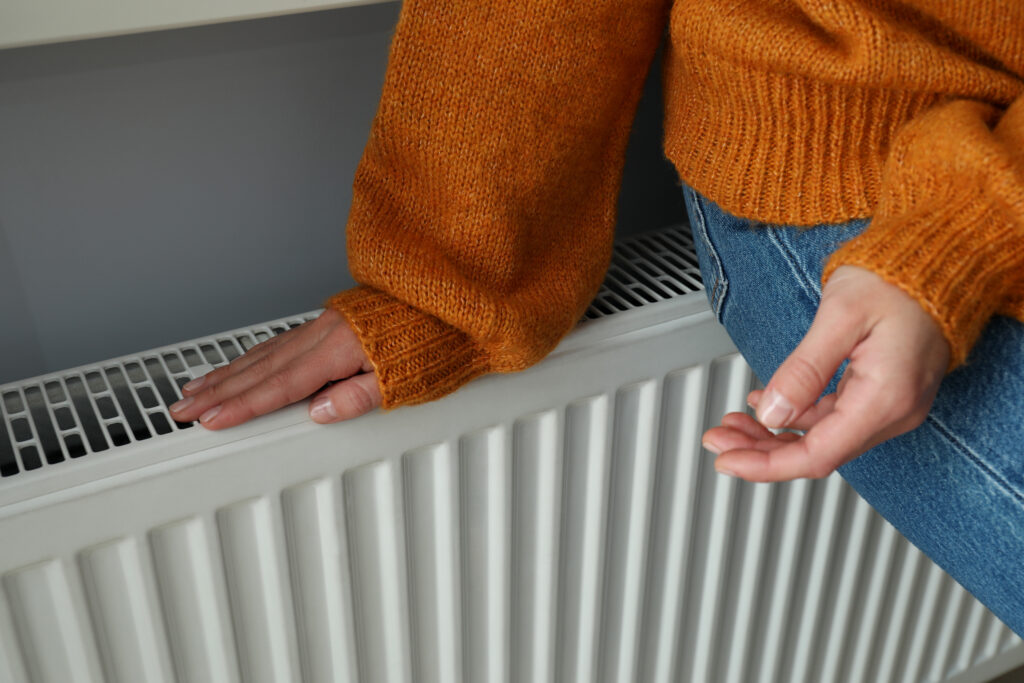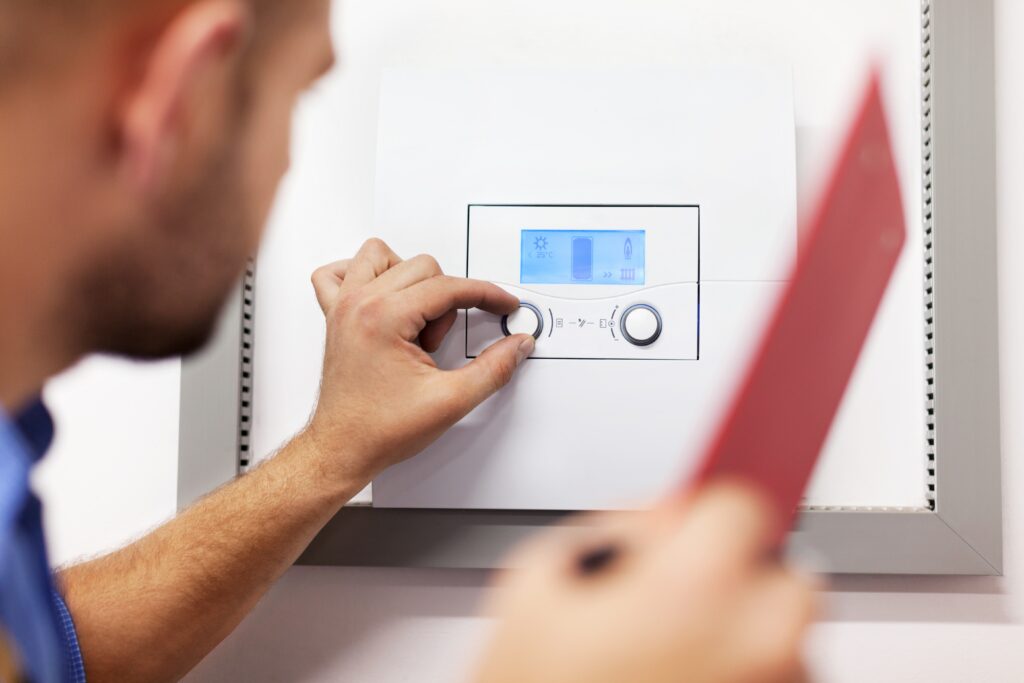A power flush is a crucial maintenance process for any central heating system, especially in older homes throughout the UK. It involves cleaning out the accumulation of sludge, rust, and other debris from your radiators, pipes, and boiler. This process not only enhances the efficiency and longevity of your heating system but also ensures it runs more effectively. This comprehensive guide by professional plumbers will take you through the process of power flushing a central heating system, discussing its importance, the steps involved, and the benefits it brings.
Understanding the Need for Power Flushing
The Build-up of Sludge and Debris
Over time, central heating systems can accumulate a build-up of sludge and debris. This is usually a mixture of rust, dirt, and scale, which can significantly reduce the efficiency of your heating system. The signs that you might need a power flush include cold spots on radiators, noisy boilers, and a system that takes a long time to heat up.
Assessing Your System
Before deciding to power flush your system, it’s important to assess the level of build-up and the overall condition of your heating system. In some cases, particularly with very old or damaged systems, a power flush could cause further issues, so a professional assessment is recommended.
Preparing for a Power Flush
Choosing the Right Equipment
Power flushing requires specific equipment, including a power flush machine and a range of chemicals designed to clean the system. This equipment can often be hired from DIY stores or plumbing suppliers.
Safety Precautions
Safety is paramount when carrying out a power flush. Ensure that the heating system is turned off and that you have all the necessary safety equipment, such as gloves and safety glasses, as the cleaning chemicals can be corrosive.
The Power Flushing Process
Connecting the Power Flush Machine
The power flush machine is connected to your central heating system, usually at the pump location or any other suitable point. The machine pumps water and cleaning chemicals at high pressure through the system, dislodging and removing any debris and sludge.
Flushing Each Radiator
Each radiator is individually flushed. This is done by isolating each radiator in turn and focusing the flow of the power flush machine through it. This ensures that all debris within each radiator is thoroughly dislodged and removed.
Adding Cleaning Chemicals
Choosing the Right Chemicals
A range of chemicals can be used in the power flushing process, each designed to help break down the sludge and debris. These can include de-scalers, corrosion inhibitors, and sludge breakers.
The Importance of Chemicals in the Process
The chemicals play a crucial role in the effectiveness of the power flush. They help to break down the debris, making it easier to flush out of the system and ensuring a more thorough clean.
The Flushing and Cleansing Cycle
The Duration of the Flush
The flushing process can take several hours, depending on the size of the system and the amount of sludge present. It’s important to allow enough time for the entire system to be flushed thoroughly.
Monitoring the Process
Throughout the flushing process, it’s important to keep an eye on the system. This includes checking for leaks, ensuring that the power flush machine is working correctly, and adjusting the flow as necessary to ensure all parts of the system are cleaned.
Clearing the System
Removing All Debris
After the individual radiators and the entire system have been flushed, the next step is to ensure that all the loosened debris and cleaning chemicals are completely removed from the system. This involves running clean water through the system until it runs clear, indicating that the debris has been successfully flushed out.
Checking for Residual Debris
It’s crucial to ensure no residual debris remains in the system, as this could lead to future blockages or corrosion. The clarity of the water exiting the system is a good indicator of the thoroughness of the cleaning process.
Rebalancing and Refilling the System
Rebalancing the Radiators
After the power flush, the radiators may need to be rebalanced. This involves adjusting the valves on each radiator to ensure an even distribution of heat throughout the home. Rebalancing helps in optimising the efficiency of the heating system post-flush.
Refilling with Inhibitors
Once the system is clean, it’s refilled with water and a corrosion inhibitor. The inhibitor is essential as it helps protect the system from future corrosion and sludge build-up, extending the life of the heating system.

Post-Flush Checks and Boiler Assessment
Ensuring System Integrity
After the power flush, it’s important to carry out a series of checks to ensure the integrity of the system. This includes checking for leaks, ensuring all radiators are heating up correctly, and that the boiler is functioning efficiently.
Assessing Boiler Performance
The boiler should be closely monitored in the days following a power flush. Any unusual noises, leaks, or performance issues should be addressed immediately, as they may indicate underlying problems that were not apparent before the flush.
The Role of a Professional
When to Call in Experts
While some competent DIY enthusiasts may feel comfortable undertaking a power flush, it is often advisable to enlist the services of a professional plumber. A qualified heating engineer will have the expertise and equipment to carry out the job effectively and safely.
Benefits of Professional Service
Professional heating engineers bring a depth of knowledge and experience to the task. They can identify and address any potential issues, offer advice on maintaining your system, and provide peace of mind that the job has been done to a high standard.
Long-Term Maintenance and Care
Regular Servicing
After a power flush, regular servicing of your heating system is key to maintaining its efficiency and longevity. Annual services by a qualified professional can help identify any potential issues before they become major problems.
Monitoring and Upkeep
Homeowners should regularly monitor their heating system, paying attention to any changes in performance. Prompt attention to any issues, such as cold spots on radiators or unusual boiler noises, can prevent the need for more frequent power flushes.
Conclusion
Power flushing is a vital process for maintaining the health and efficiency of your central heating system. It not only enhances the performance of your radiators and boiler but also extends the overall lifespan of the system. Whether you choose to undertake this task yourself or hire a professional, understanding the importance and steps involved in power flushing can help ensure your heating system remains in optimal condition, providing warmth and comfort in your home for years to come.
Call on the Professional Services of Heat-Tec
Whether you are looking for plumbing or heating engineers or a company that carries out gas safety inspections, you have found the right company. Heat-Tec offers a professional approach, striving to achieve the highest possible standards from the start to the finish of any project. No job is complete until you are satisfied, contact us today.






